Would you like to upgrade your instant ramen with just a little extra effort? Here, I will share some Japanese hacks to boost its flavor without too much hassle.
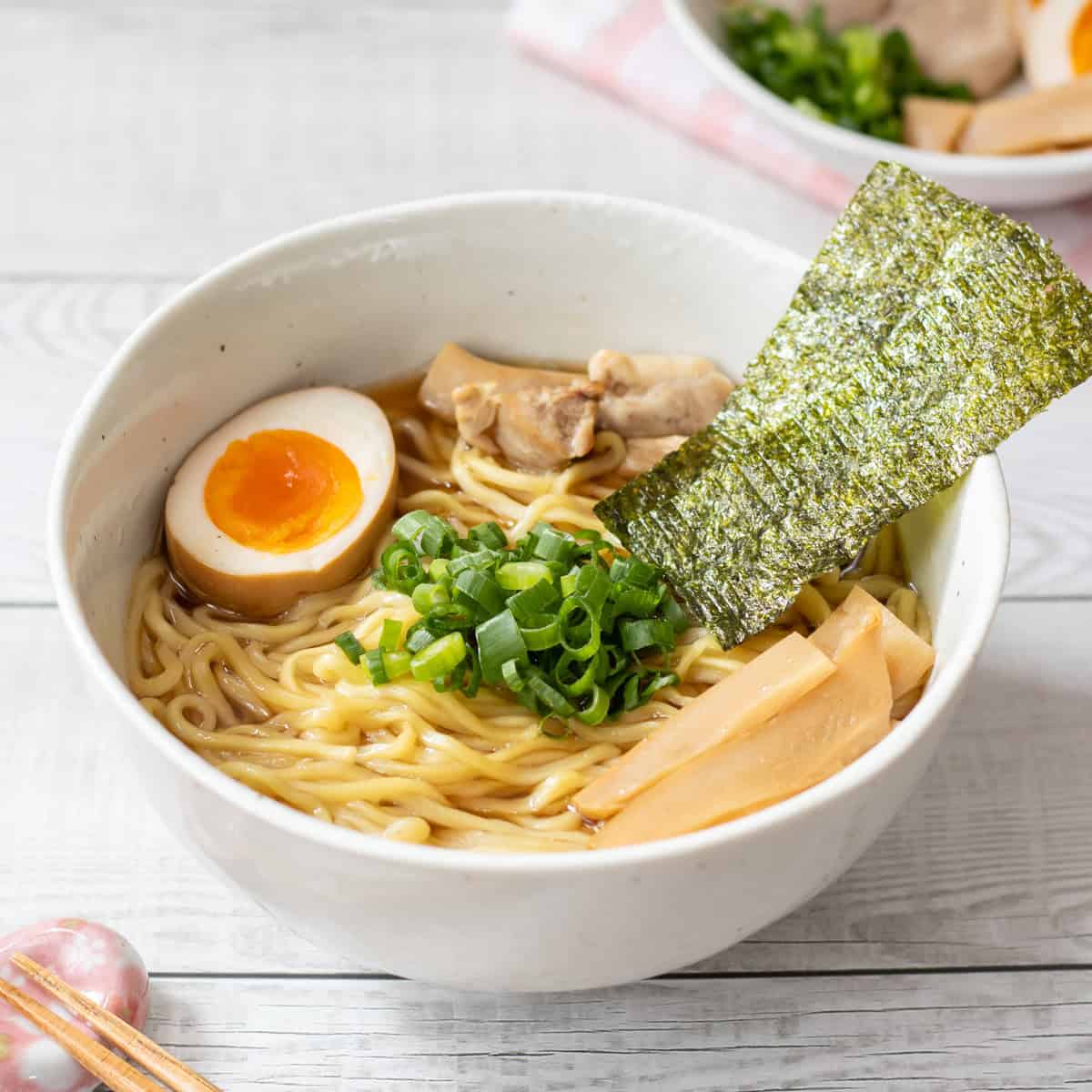
Jump to:
- Hack #1: Using kombu dashi
- Hack #2: Adding protein
- Hack #3: Enhancing flavor with sake
- Hack #4: Including toppings
- Hack #5: Loosening the noodles at the right time
- Hack #6: Adding the seasoning packet after turning off the heat
- Hack #7: Cooking the noodles and soup separately
- Hack #8: Using baking soda
- 📋Step-by-step recipe
- Recipe card
Hack #1: Using kombu dashi
There are several hacks commonly used in Japan to boost the flavor of instant ramen. Among them, the first uniquely Japanese hack I would recommend is using kombu dashi (kelp stock) instead of water.
Kombu dashi is a traditional Japanese stock made from kombu (dried kelp) and is one of the fundamental stocks used in Japanese cuisine. It is often used in making authentic ramen, as its natural umami component—glutamic acid—helps deepen and enhance the overall flavor.
It pairs especially well with chicken, pork, and seafood-flavored ramen. While kombu dashi enhances dishes on its own, combining it with other umami components can significantly boost each flavor. In other words, the combination of glutamic acid in kombu dashi and inosinic acid found in these proteins enhances the dish even further through a synergistic effect.
In Japan, there are various types of dashi stocks, such as bonito dashi, anchovy dashi, and shiitake dashi (mushroom stock), which contain a variety of umami components. However, these types of dashi can overpower the original flavor of ramen, so kombu dashi is still often a preferred choice.
The recipe below uses kombu to make kombu dashi, but if you have kobucha (kelp tea powder) on hand, you can use that instead. In that case, sprinkle a pinch into each serving and let it dissolve in your ramen soup.
To learn more about How to Make Kombu Dashi, please refer to the linked page.

Hack #2: Adding protein
The next hack I highly recommend is adding protein of the same type as the soup base.
For chicken ramen, add chicken; for tonkotsu ramen, add pork. Since these ingredients need to cook together as the water boils, this method works with packaged instant ramen rather than the kind where you just pour hot water over it.
The reason for adding protein is to deepen the original flavor of the ramen. By adding a flavor component with a similar profile to the soup base, you can enjoy a richer taste. While the added protein is edible, its main purpose is to enhance the broth, so you can remove it before eating or use it in other dishes.
When preparing the protein, it is best to slowly cook it starting from room temperature in cold water. In this way, you can fully extract the umami components from the protein.
Hack #3: Enhancing flavor with sake
While it may not necessarily enhance the flavor of every type of instant ramen, adding sake (Japanese rice wine) is a method worth trying.
Sake is a traditional seasoning commonly used in Japanese cuisine to enhance the flavor of dishes. Although it contains alcohol, the alcohol content evaporates when the noodles are boiled in a pot, making it safe for children to consume. (Note that the alcohol will not evaporate if added to cup-style instant ramen, which is prepared by simply pouring hot water.)
However, keep in mind that the richness of sake can affect the flavor of ramen. That's why it may not complement every variety of instant ramen. Personally, I find that it pairs well with shio ramen (salt-flavored ramen). When adding it, use about 1 tablespoon per serving and reduce the amount of water by the same amount.

Hack #4: Including toppings
Similar to authentic ramen, instant ramen can be enhanced by adding toppings to improve both its flavor and visual appeal. In Japan, popular toppings include:
- Green onions / scallions
- Nitamago / Ajitama (ramen eggs)
- Chashu pork (Japanese braised pork slices)
- Menma (seasoned bamboo shoots)
- Nori seaweed
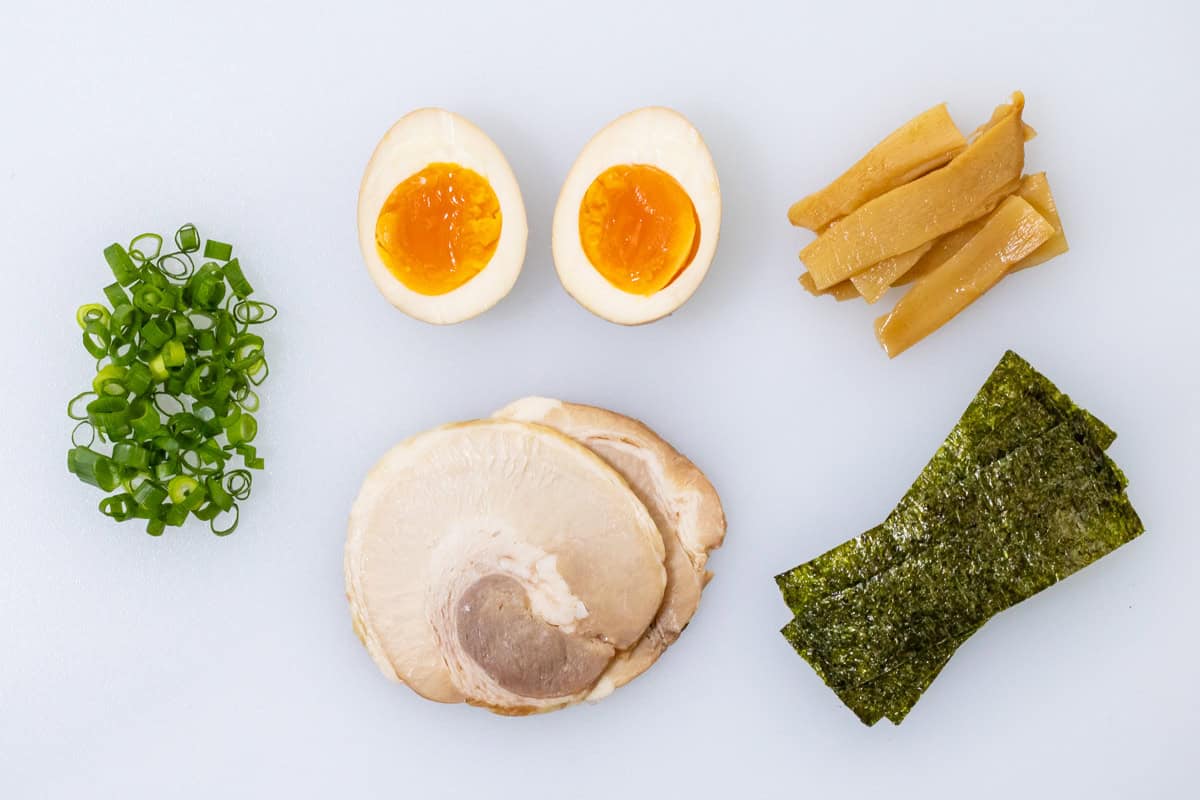
Since convenience is a key feature of instant ramen, simply adding green onions is also common in Japan. Meanwhile, some health-conscious individuals choose to add vegetables such as bean sprouts and cabbage, in addition to the ingredients listed above.
When adding vegetables, cooking them together with the noodles is an easy way. However, for a tastier result, it is best to cook them separately. Sprinkling about ½ teaspoon of the seasoning packet per serving over the vegetables before microwaving them on medium power (500W) for about 2 minutes is an easy method to season them without compromising their flavor or texture.
Hack #5: Loosening the noodles at the right time
In addition to adding ingredients, you can upgrade instant ramen by getting creative with how you prepare it. One great example is loosening the noodles at the right time.
When making instant ramen, you might be tempted to loosen the noodles while they are boiling, but try to resist the urge. If you do it while they are still firm, they may break or crack, resulting in a loss of chewiness.
So, be sure to loosen the noodles just once, about two-thirds of the way through the cooking time indicated on the package— for example, around the 2-minute mark if the total boiling time is 3 minutes. While it might not be noticeable when eating the noodles on their own, comparing noodles that have been loosened frequently with those loosened just once reveals a clear difference in texture.
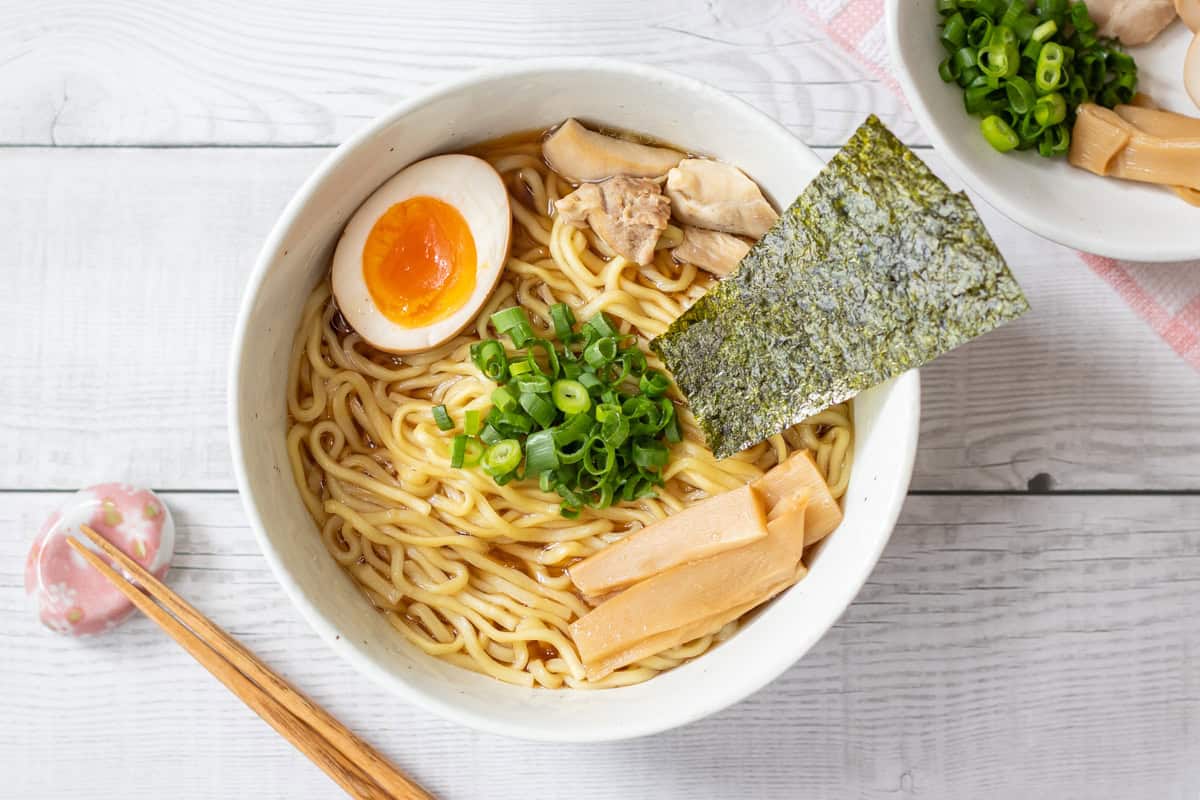
Hack #6: Adding the seasoning packet after turning off the heat
The timing of when you add the seasoning packet is also important. If the seasoning packet is added at the beginning and cooked with the noodles, the flavor can diminish. To preserve the flavor, it is best to add it after the noodles are cooked and the heat has been turned off.
However, keep in mind that this is a hack for eating Japanese instant ramen and may not apply to other types of instant noodles. For example, Korean instant noodles often taste better when the seasoning packet is added at the beginning, as they contain different ingredients and are made differently from Japanese ones.
Hack #7: Cooking the noodles and soup separately
Cooking the noodles and soup separately and then combining them later is a recommended method, especially for those who are health-conscious.
Instant noodles usually contain oil, so cooking them in a separate pot from the soup allows some of the excess oil to be drained off, resulting in a cleaner taste. In this case, since the noodles have already absorbed water during the separate boiling process, be sure to reduce the amount of water you use for the soup by about 20%.
Hack #8: Using baking soda
Using baking soda can change the texture of instant noodles, making them more like authentic ramen noodles. This is because authentic ramen noodles are made by kneading kansui (an alkaline solution made from sodium carbonate and potassium carbonate) into the dough, whereas a similar texture can be achieved in instant noodles by boiling them with baking soda (sodium bicarbonate), which belongs to the same chemical family.
Use ½ teaspoon of baking soda per 2 cups (500 ml) of water for boiling the noodles. Be careful not to add it to the soup water, as it can cause bitterness. In other words, this method should only be used when cooking the noodles and soup separately.
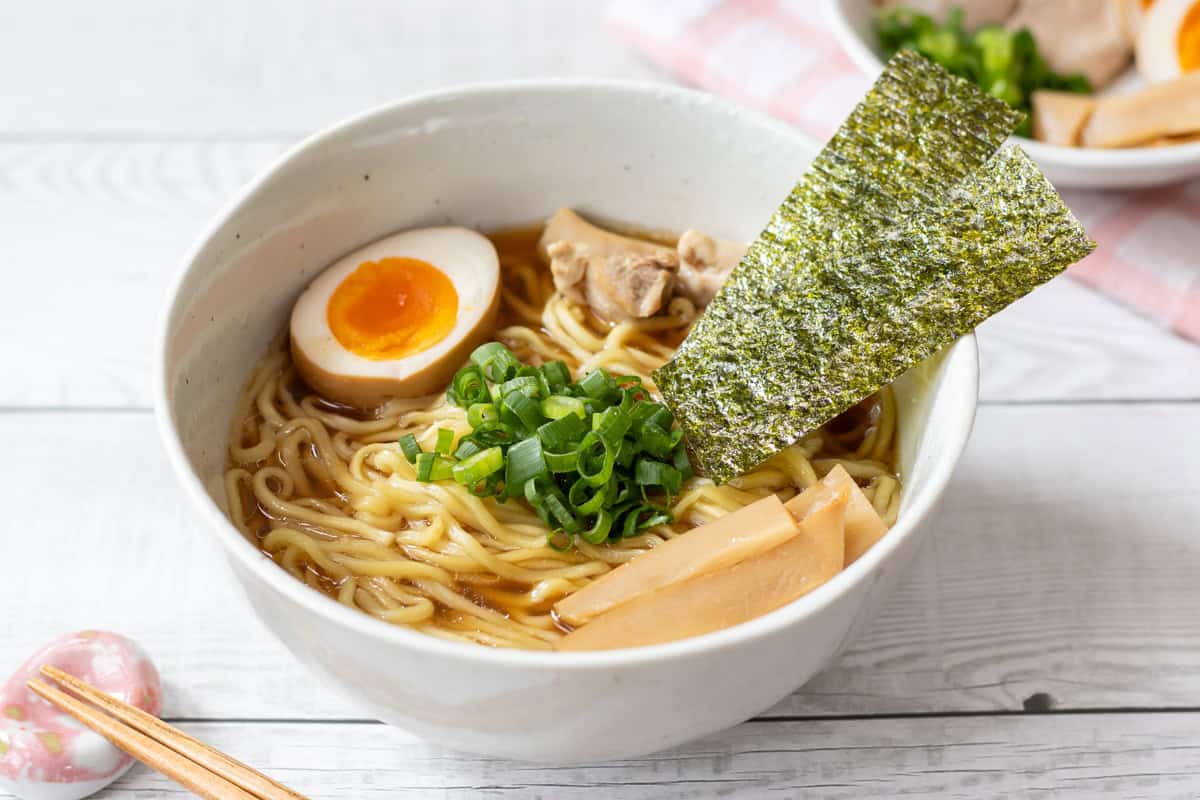
That wraps up my hacks for upgrading instant ramen. Even trying just one of them is sure to take your ramen to the next level, so I hope you will give them a try.
Below, I have shared a recipe that uses chicken-flavored instant ramen and incorporates some of the hacks I mentioned. If you have chicken-flavored ramen on hand, why not try making this recipe?
📋Step-by-step recipe
Ingredients
- 1 package chicken-flavored instant ramen
- kombu (dried kelp) (use about 1% of the water volume; for 2 cups [500 ml] of water, use 0.2 oz/5 g)
- 2.1 oz boneless chicken thigh (cut into bite-sized pieces)
Instructions
🕒 Total: 45 mins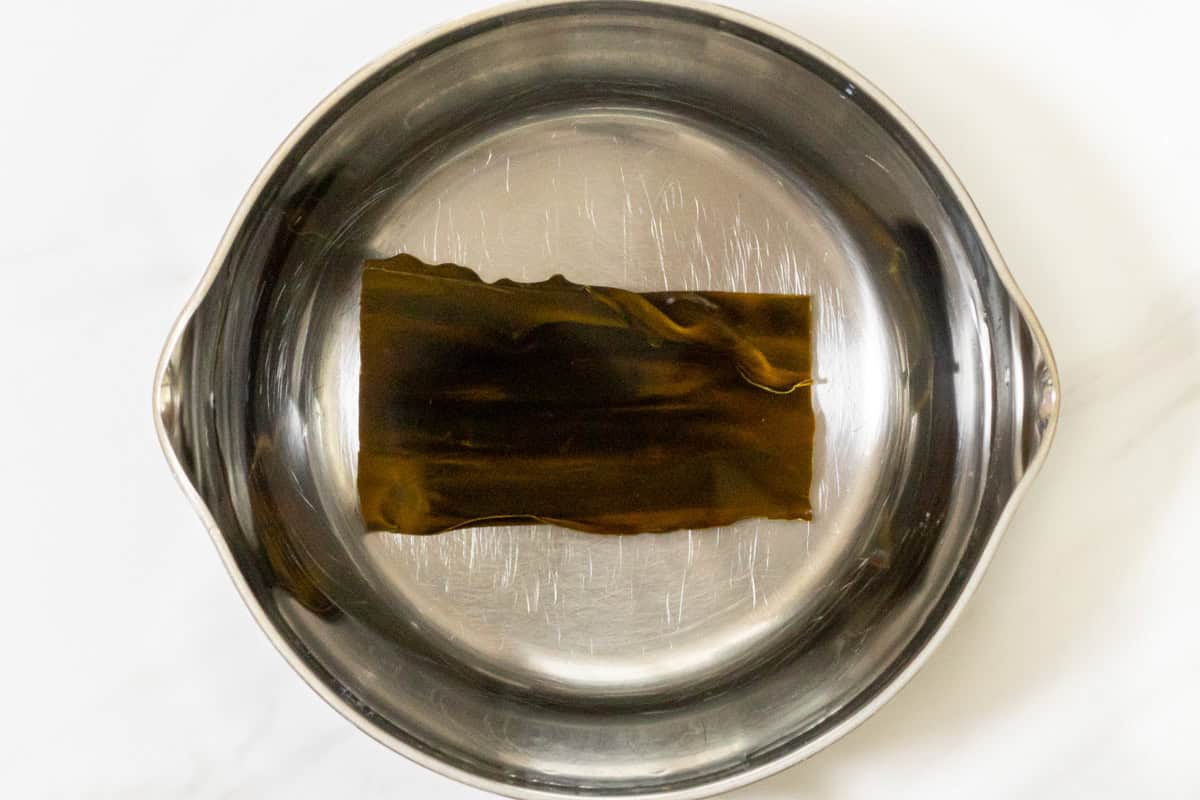
Step 1
Put the specified amount of water from your instant ramen package into a pot, add the kombu, and let it sit for at least 30 minutes until the kombu softens.
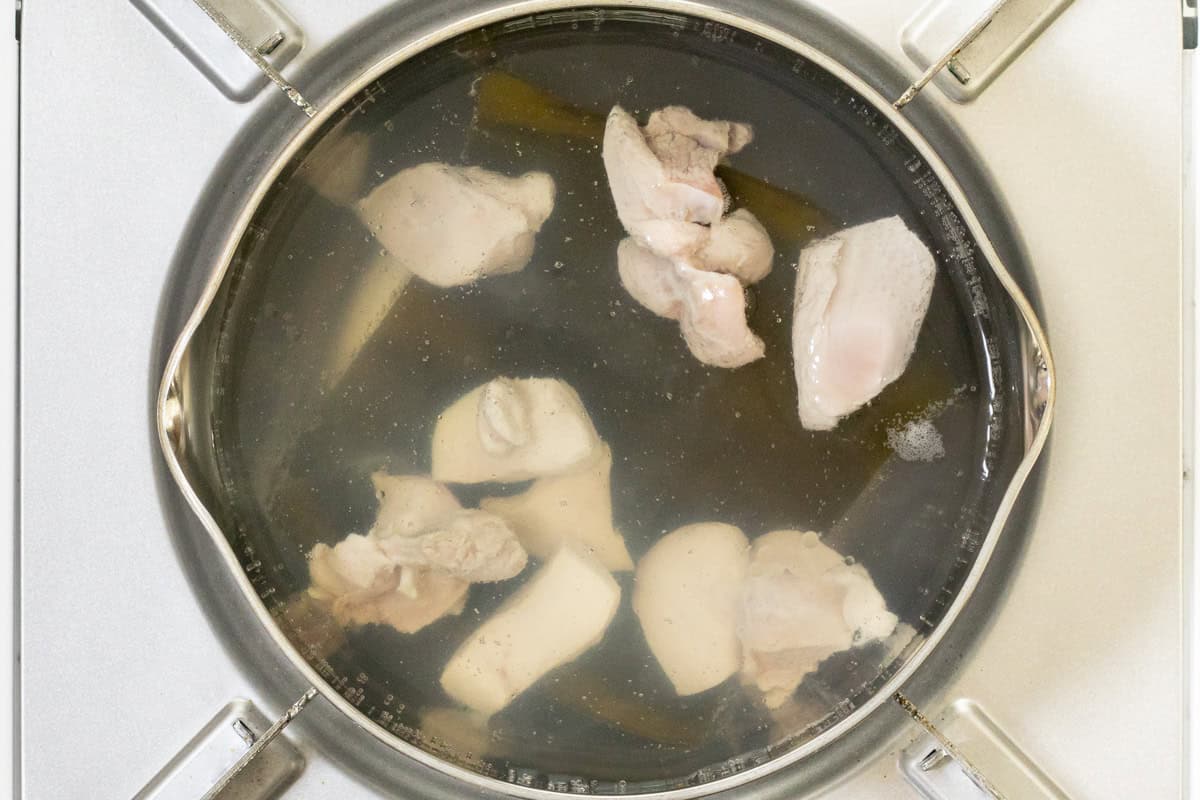
Step 2
Add chicken to the pot and gently simmer it with the kombu over very low heat for about 10 minutes. Once small bubbles start to appear on the surface, remove the kombu.

Step 3
Bring the pot to a boil and skim off any scum that rises to the surface. Add the noodles to the pot, placing them under the chicken, and cook without stirring until two-thirds of the cooking time indicated on the instant ramen package has passed.
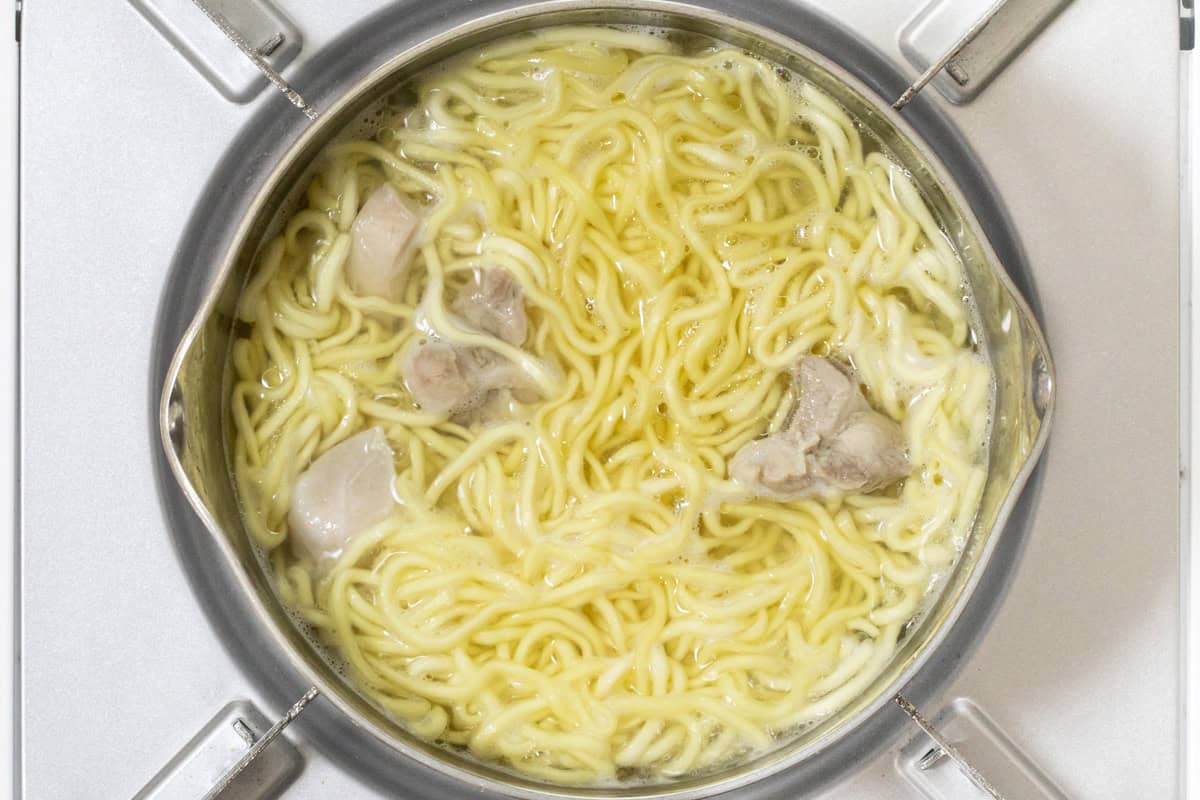
Step 4
Loosen the noodles and continue simmering for the remaining one-third of the time.
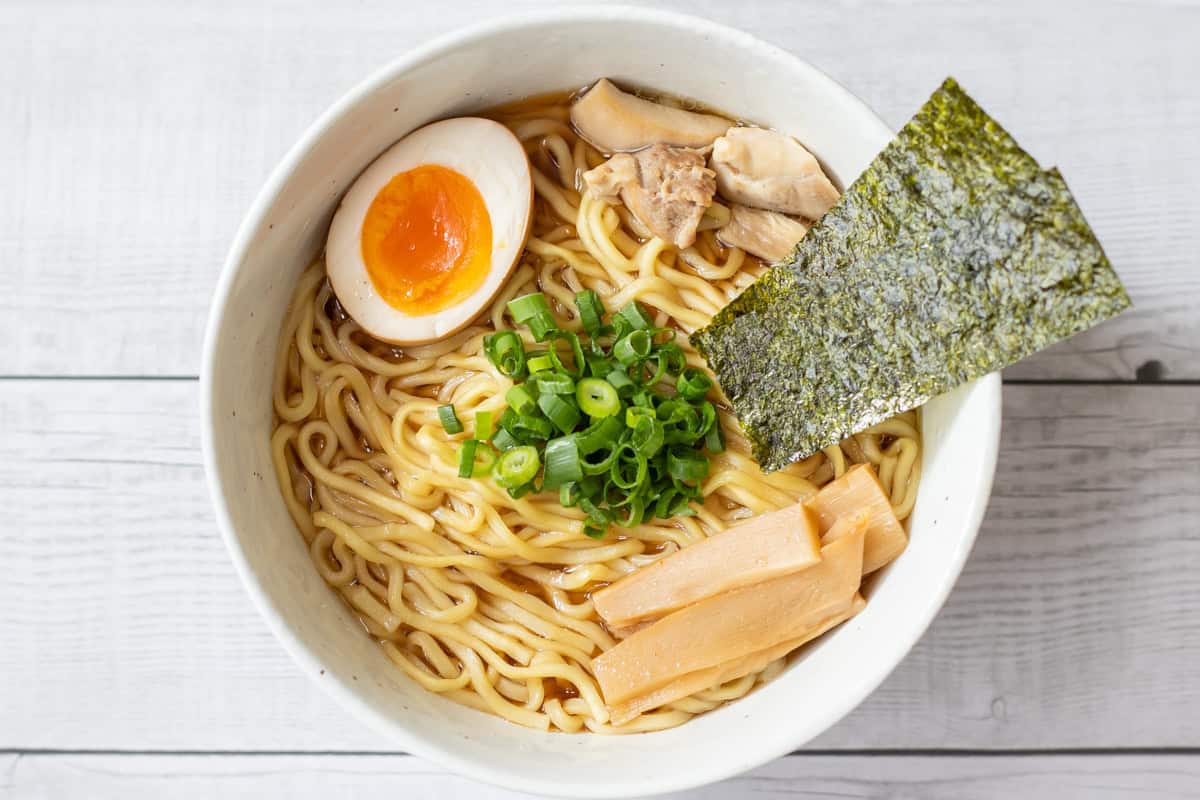
Step 5
Turn off the heat, then stir in the seasoning packet. Serve in a bowl and add your preferred ramen toppings to taste.
To store
It is not suitable for storage because cooked noodles absorb the soup and become mushy over time, making them less enjoyable.
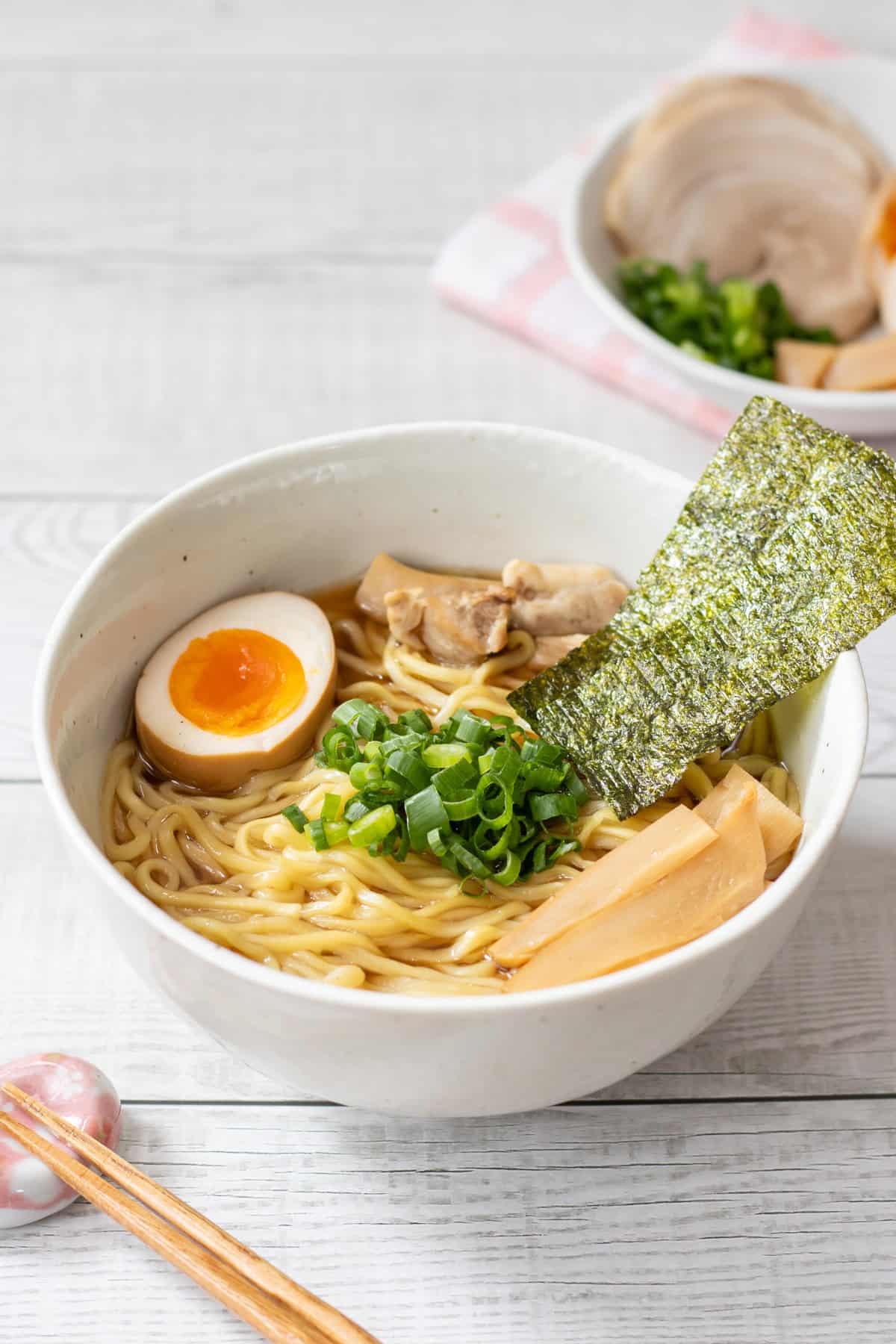
If you try this recipe, I’d love to hear what you think. Please consider leaving a review and star rating in the comments below. If you enjoyed it, I’d really appreciate it if you shared it with your friends.
Recipe card

How to Upgrade Your Instant Ramen with Japanese Hacks
Ingredients
- 1 package chicken-flavored instant ramen
- kombu (dried kelp) (use about 1% of the water volume; for 2 cups [500 ml] of water, use 0.2 oz/5 g)
- 2.1 oz boneless chicken thigh (cut into bite-sized pieces)
Instructions
- Put the specified amount of water from your instant ramen package into a pot, add the kombu, and let it sit for at least 30 minutes until the kombu softens.
- Add chicken to the pot and gently simmer it with the kombu over very low heat for about 10 minutes. Once small bubbles start to appear on the surface, remove the kombu.
- Bring the pot to a boil and skim off any scum that rises to the surface. Add the noodles to the pot, placing them under the chicken, and cook without stirring until two-thirds of the cooking time indicated on the instant ramen package has passed.
- Loosen the noodles and continue simmering for the remaining one-third of the time.
- Turn off the heat, then stir in the seasoning packet. Serve in a bowl and add your preferred ramen toppings to taste.
Notes
- It is not suitable for storage because cooked noodles absorb the soup and become mushy over time, making them less enjoyable.
- The Nutrition Facts label is based on the instant ramen I used, which contains 333 calories. Toppings are not included.





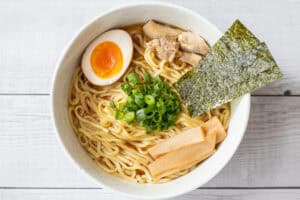
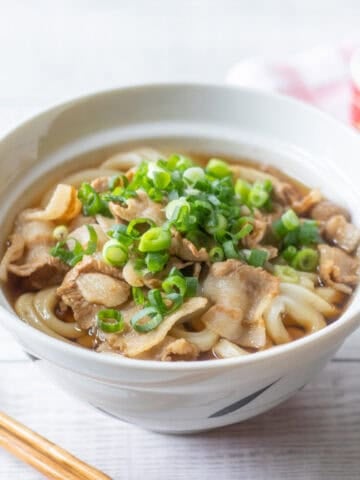

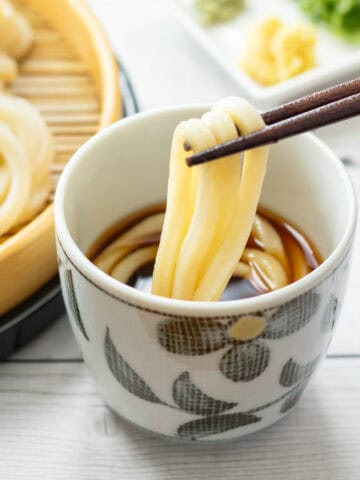
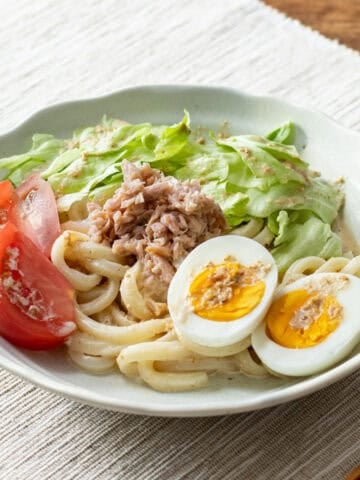
Leave a Rating and a Comment